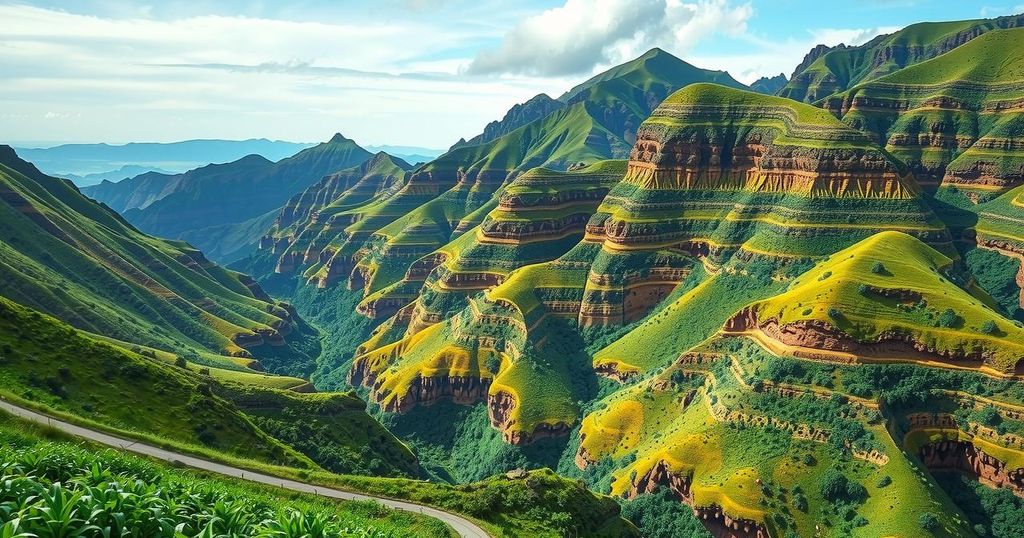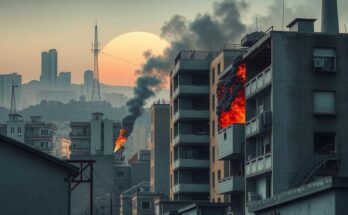In less than two weeks, more than 3,000 lives have been lost due to fighting in the Democratic Republic of Congo, primarily between the Alliance Fleuve Congo rebel coalition and state forces. The conflict is fueled by the struggle over valuable mineral resources like cobalt and coltan. Although the DRC possesses substantial wealth, the majority of its citizens remain impoverished. Solutions require significant governance reforms within the DRC government to foster stability.
The ongoing conflict in the Democratic Republic of Congo (DRC) has resulted in the death of over 3,000 individuals in less than two weeks, primarily due to fighting between the Alliance Fleuve Congo (AFC) rebel coalition and Congolese forces. The AFC, which includes the M23 armed group, has recently captured key areas in the mineral-rich eastern DRC, including the provincial capital, Goma, and the mining town of Nyabibwe.
The instability in the DRC is deeply connected to its vast mineral resources, such as cobalt and coltan, essential for modern technology. Despite mining wealth, the World Bank reports that the majority of DRC’s citizens have not benefited economically, leaving approximately 70% of the population in poverty. Armed groups, including M23, control many lucrative mining regions, perpetuating the cycle of violence driven by resource exploitation.
Victor Tesongo, a spokesperson for the AFC-M23 alliance, asserted control over coltan-rich mines but did not disclose financial details of their operations. In contrast, United Nations estimates suggest that coltan from Rubaya alone accounts for approximately 15% of the global tantalum supply, generating around $300,000 monthly for the M23. The international community suspects that Rwanda is supporting M23 in this resource conflict, with reports indicating the presence of Rwandan soldiers in DRC.
Rwandan President Paul Kagame acknowledged Rwanda as a transit hub for minerals from DRC, asserting that the country does not engage in theft but facilitates trade. US officials have noted that a significant portion of DRC’s gold and other minerals are smuggled to regional states, further complicating the issue of ethical mineral sourcing for international companies like Apple and Microsoft.
Analysts contend that DRC’s rich resources have inadvertently led to continuous conflict and ecological damage. Despite a recent humanitarian ceasefire proposal from M23, fighting quickly resumed. Experts recommend that the DRC government must reform its governance practices to ensure equitable resource distribution and improve stability, crucial for achieving lasting peace in the region.
The conflict in the Democratic Republic of Congo exemplifies the tragic intersection of natural resources and violence. With thousands dead, the control of lucrative minerals like coltan continues to fuel conflict. Despite the DRC’s vast mineral wealth, a high percentage of the population remains impoverished. Sustainable peace will require significant governance reforms and equitable resource management by the DRC government, highlighting the complexities involved in addressing resource-driven violence.
Original Source: www.cnn.com




